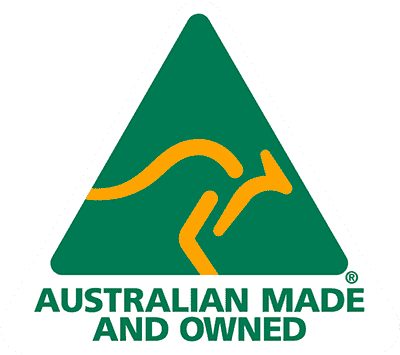No one could accuse a slasher of subtlety. Efficiency, yes. Effectiveness, certainly. Subtlety, no. That’s what you need a finish mower for. The slasher does the grunt work before you get to the mowing stage. That’s why they are called something different, and the name sums up perfectly what you get. This is a swashbuckling piece of equipment that lays into rampant growth and gets it down to a manageable length so the fine-tuning and the cosmetic final steps can go ahead.
When you look at a large swathe of grass, unkempt and concealing who-knows-what, and imagine tackling it with a simple mower, it can seem like a daunting task, and indeed it would be because you would be using the wrong piece of equipment. Not up to the job and not only that: you would be damaging the mower itself. While a nice, neat piece of grass looks like the most docile of surfaces, it doesn’t get like that without a bit of discipline, and the slasher can play the vital first part in the process.
Slashers are the machine-era descendants of the machete and the grass hook, but without the requirement for human muscle to be deployed with back-breaking exertion in unnatural positions. Today’s slashers deal with the preliminary work of cutting grass with no apparent effort, just as mowers can run rings around a pair of shears.
Choosing the Right Slasher: Speed, Durability, and Design Factors
Slashers comprise a battery of rotating blades beneath a canopy designed to prevent the cut material from dispersing too widely. Just as the mudguards on a cycle or motorcycle keep the splatter under control, so the slasher’s body contains the debris, leaving the resultant mulch where it is needed, in an orderly strip.
The action of a slasher inevitably flings not just vegetation but debris such as stones around the place, so the body must be tough enough to withstand the onslaught, just as the blades do.
Body design has a lot to do with a particular slasher’s tendency to catch moisture and become caked with debris, which can affect efficiency, so it is worth discussing this with your supplier, along with the more obvious points such as speed and durability. Laminated blade beams, swing-back blades and adjustable side skirts are other considerations.
Which Slasher is the Best for You?
If you have never bought a slasher before, it would be a good idea to get expert advice before going ahead. Even if you have experience in this area, it is something you don’t do every year, and progress is always being made in gardening and agricultural machinery, so it pays to find out what’s new, what’s essential and equally what is overrated, so you can use your budget wisely.
Those looking after farm property including paddocks will have different needs from, for instance, councils who have public safety more prominently in mind. Buying quality farm machinery is always wise, and cost is an ever-present compromising factor that has to be balanced against the desire to get the very best. Sometimes, though, you can see sense as opposed to short-term gain, and with a slasher you want to make sure it’s working well from day on and still giving you good service many years down the line.


